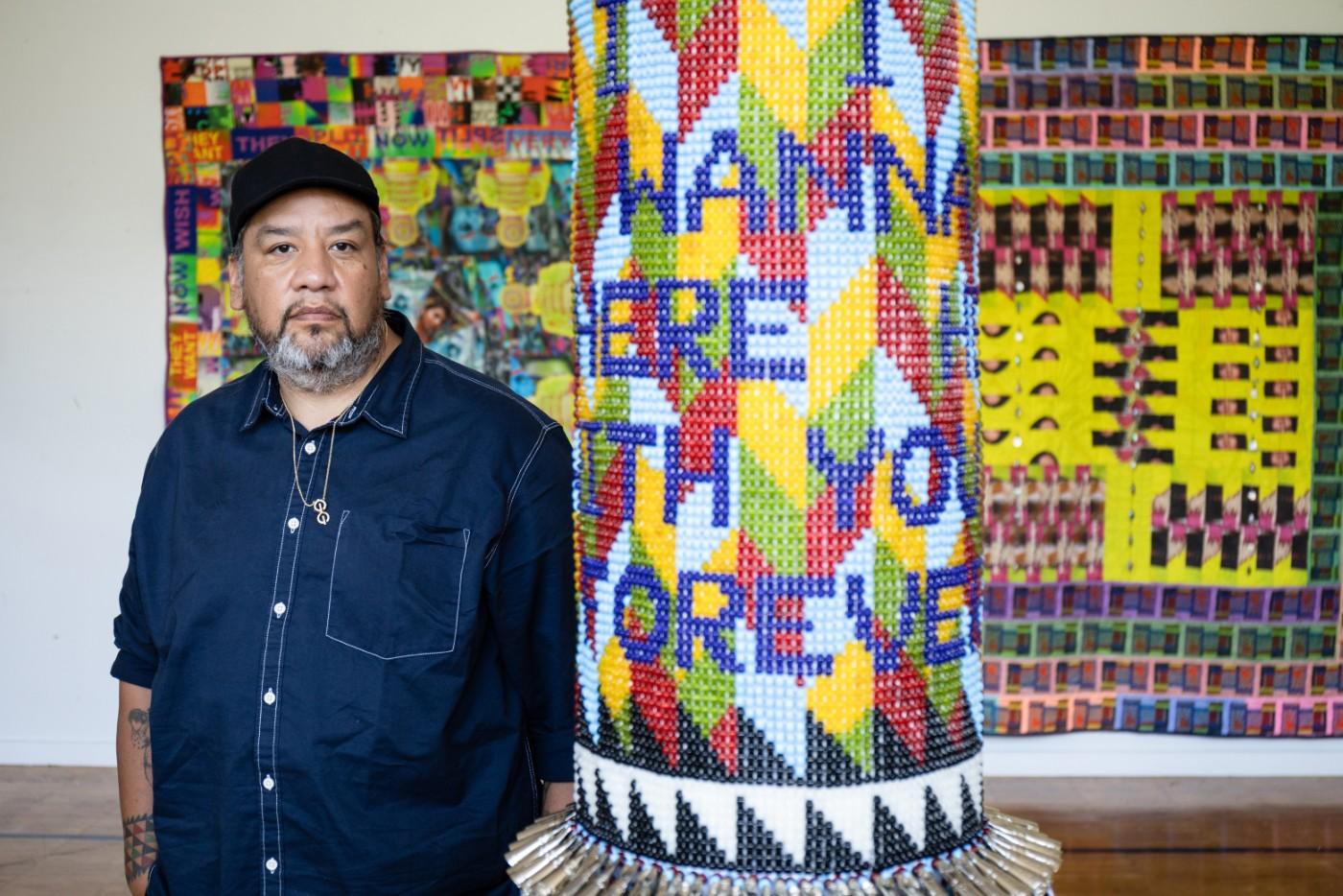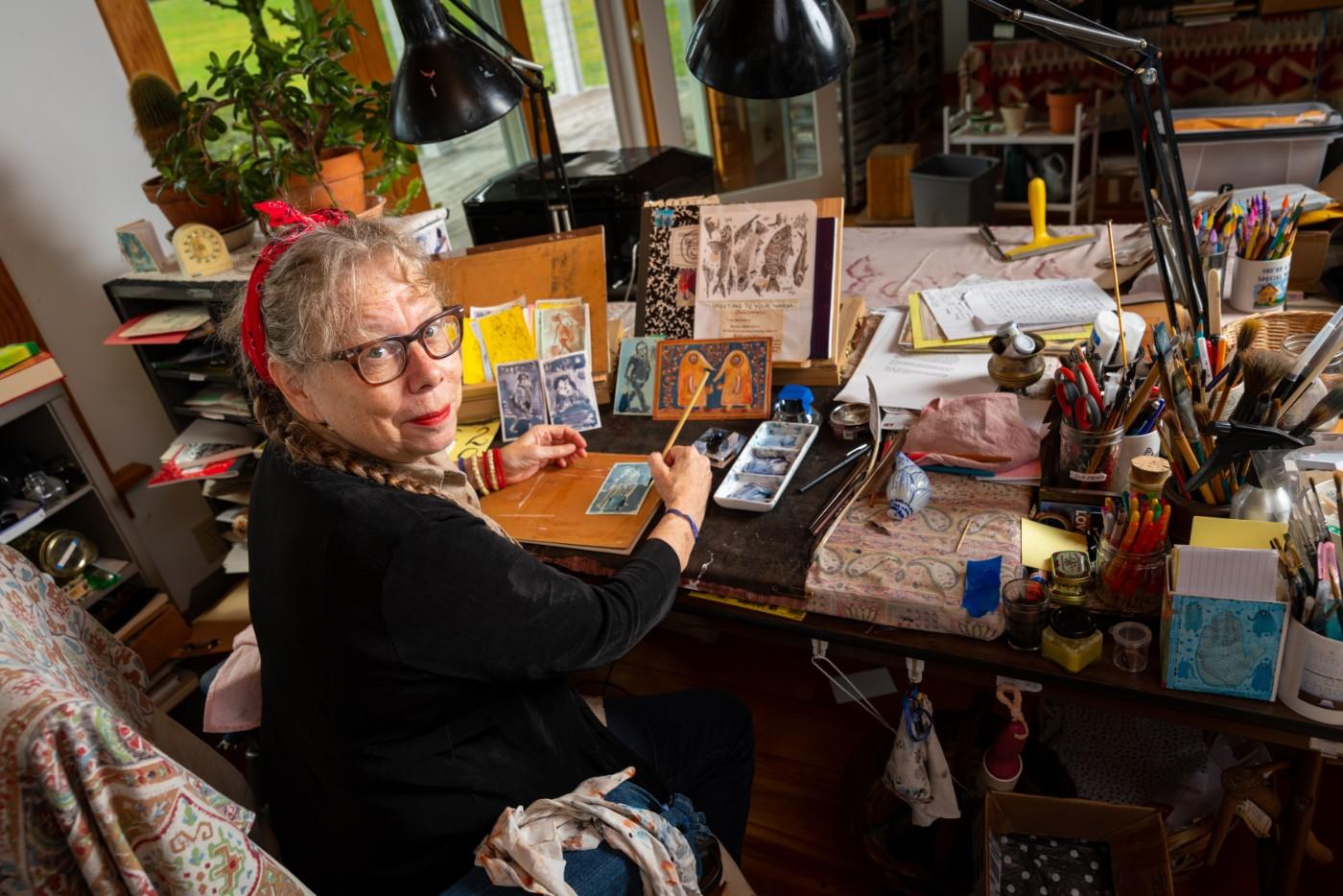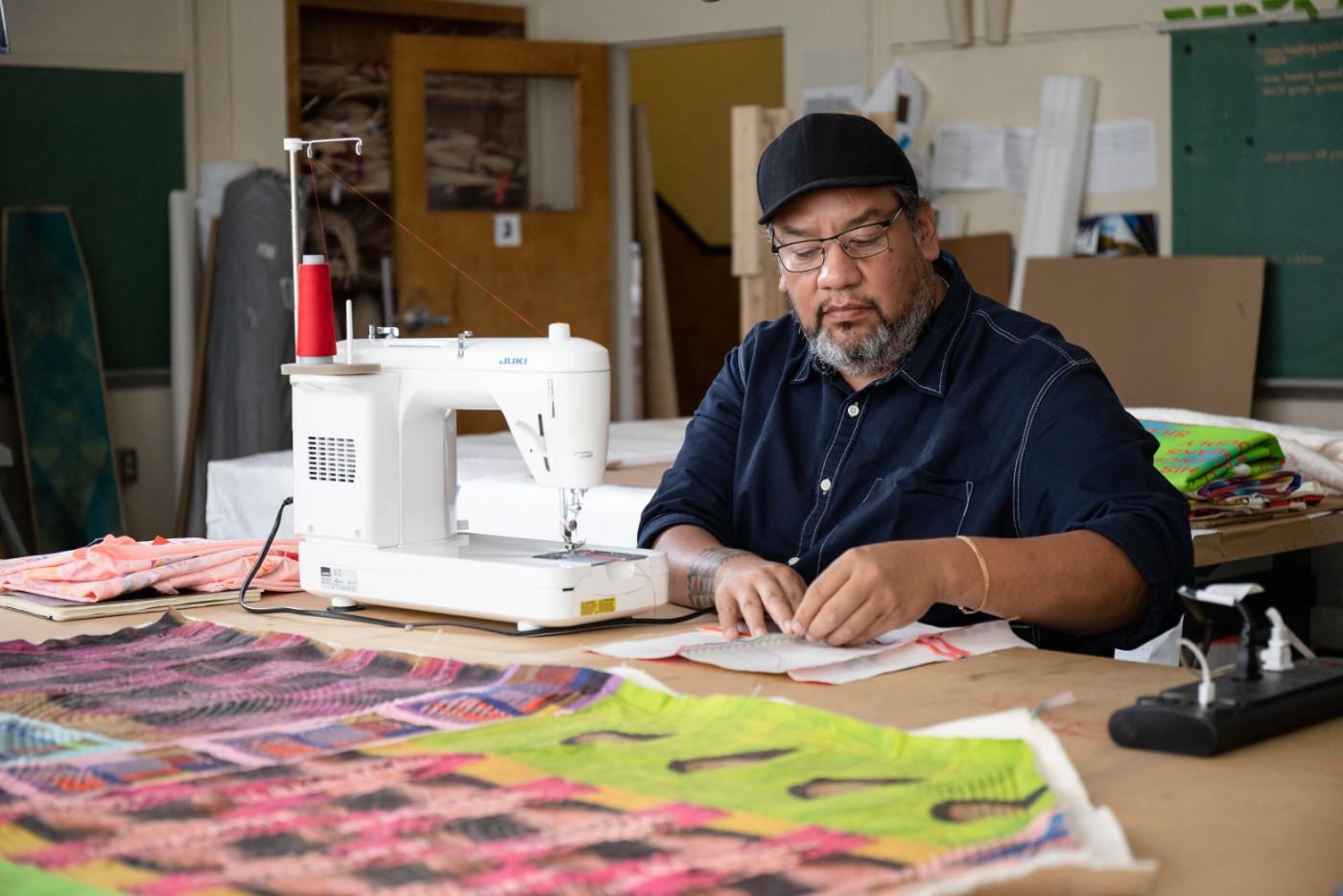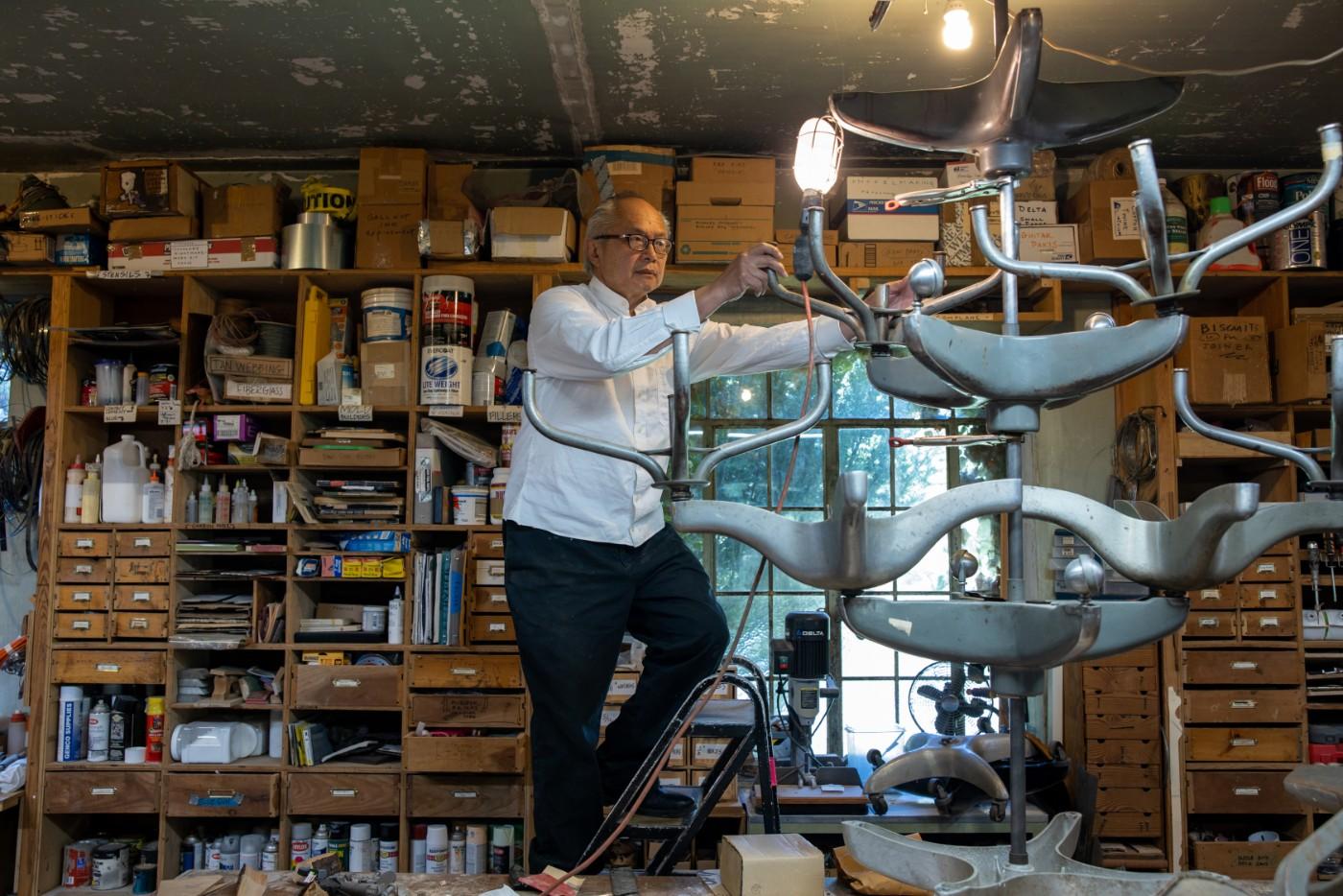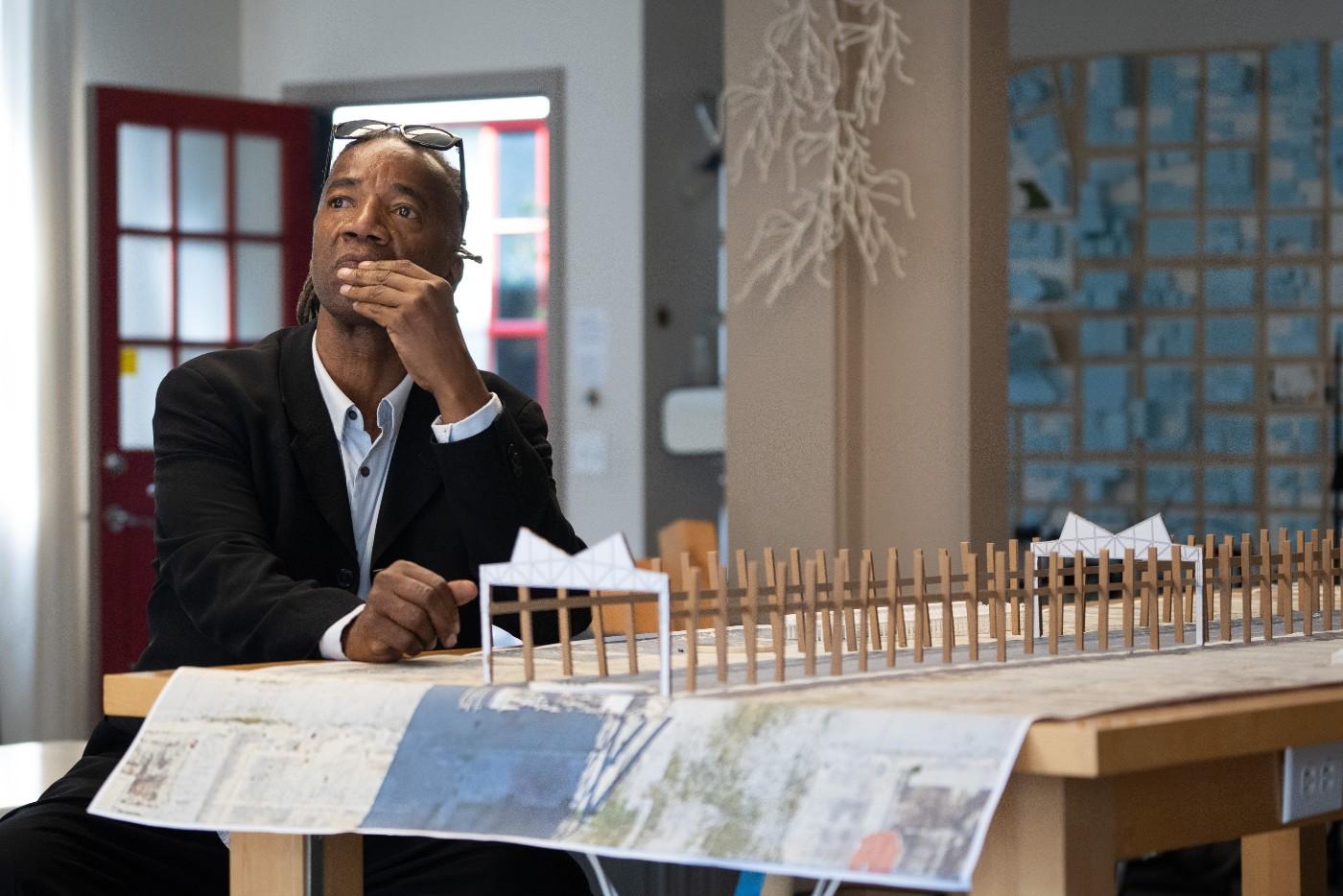Lynda Barry
Graphic Novelist, Cartoonist, and Educator
Lynda Barry had her first cartoon published while she was still an undergraduate. “Ernie Pook's Comeek” went on to be nationally syndicated and is a cult classic alternative comic. In addition to comics, she has written several illustrated novels, including The Good Times are Killing Me (1988), which was turned into an off-Broadway play, and Cruddy: An Illustrated Novel (1999). Barry’s focus on the inner-lives and emotional turmoil of her characters has broadened the field of comics. In addition to her own work, Barry has devoted herself to sharing her talents through teaching. Through workshops, her college courses, and workbooks like Picture This (2010) and Syllabus (2014), Barry encourages people of all skill levels to find their voice and access their creativity.




